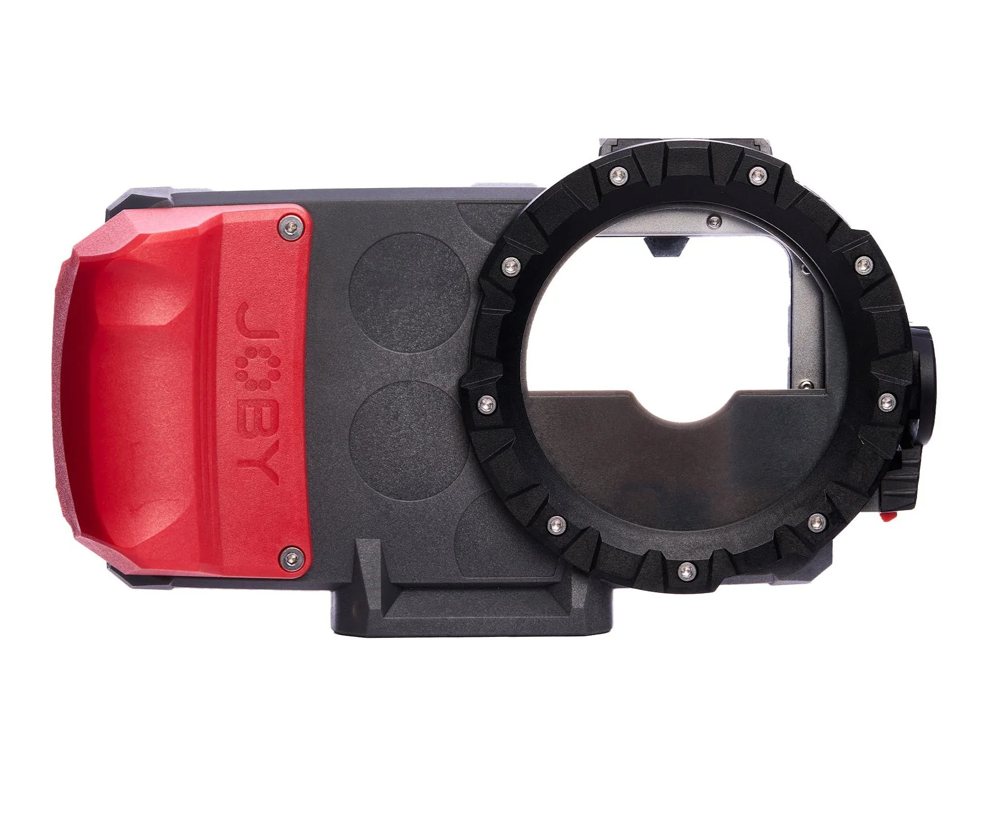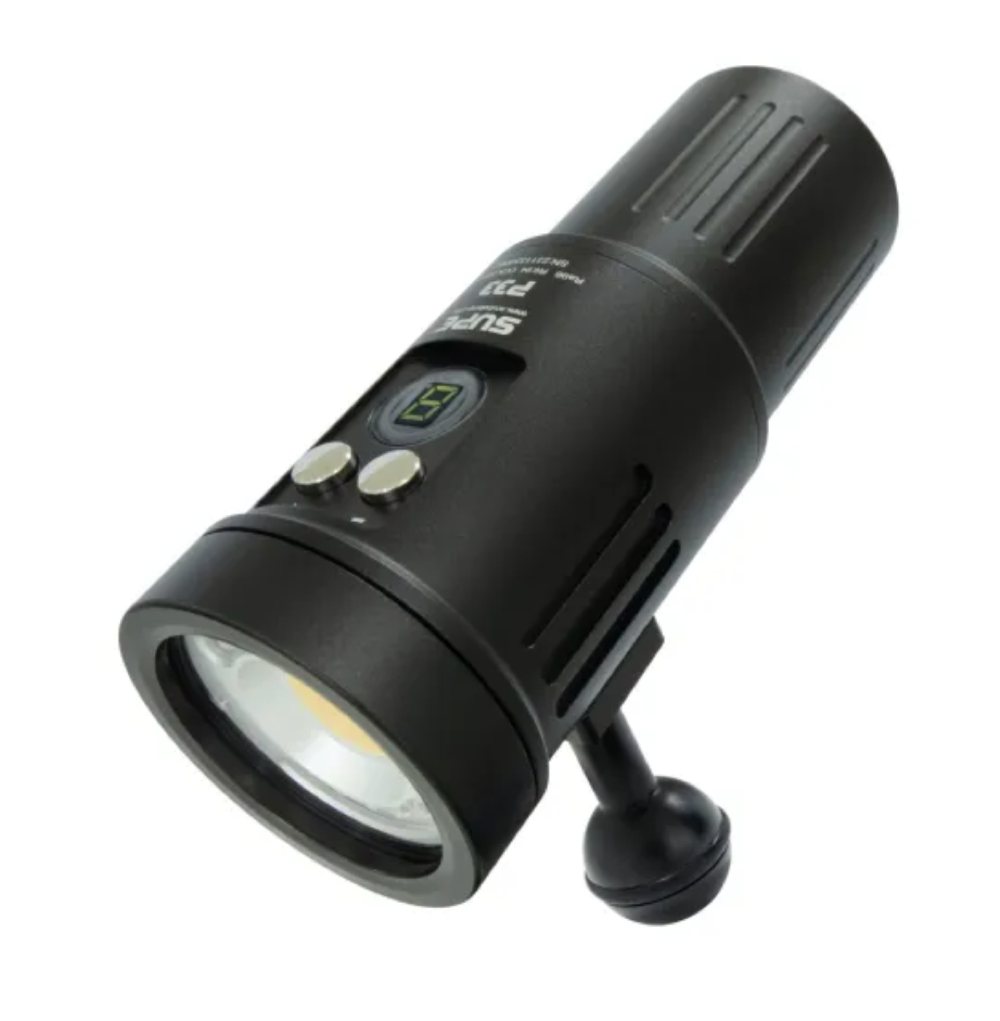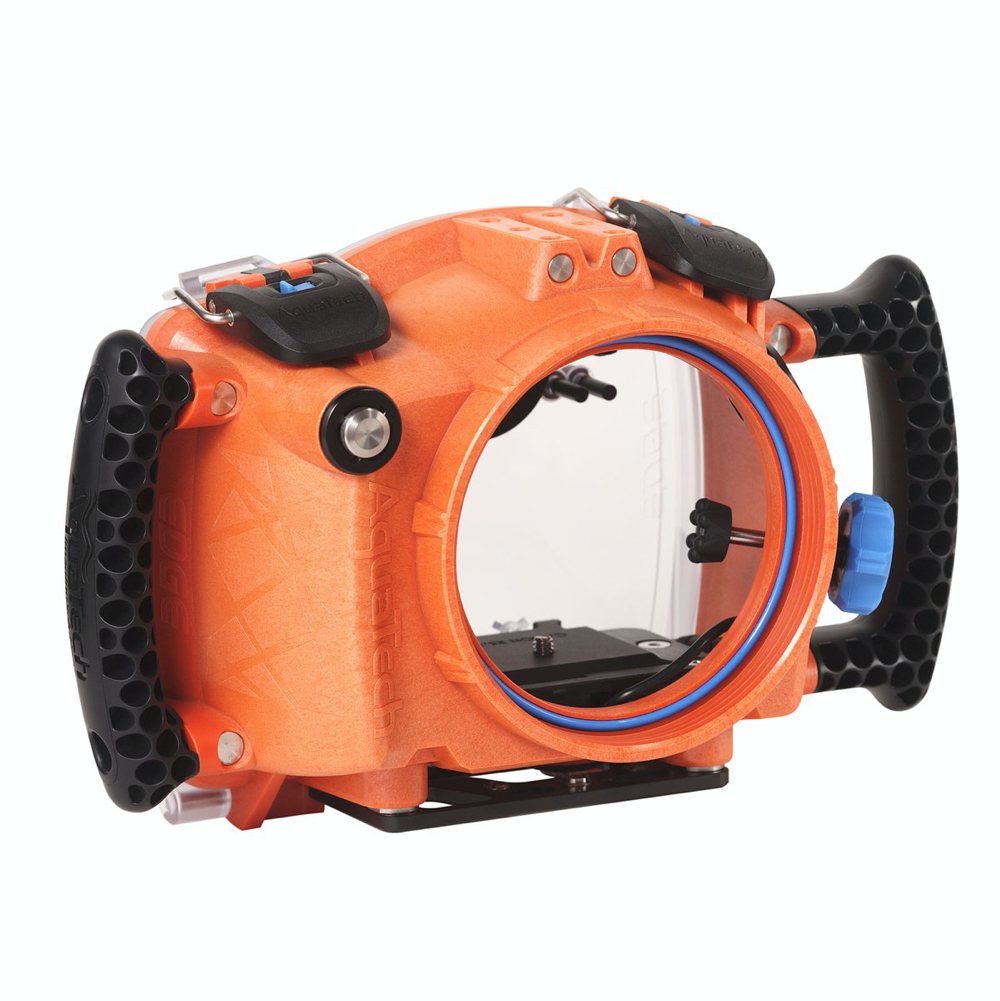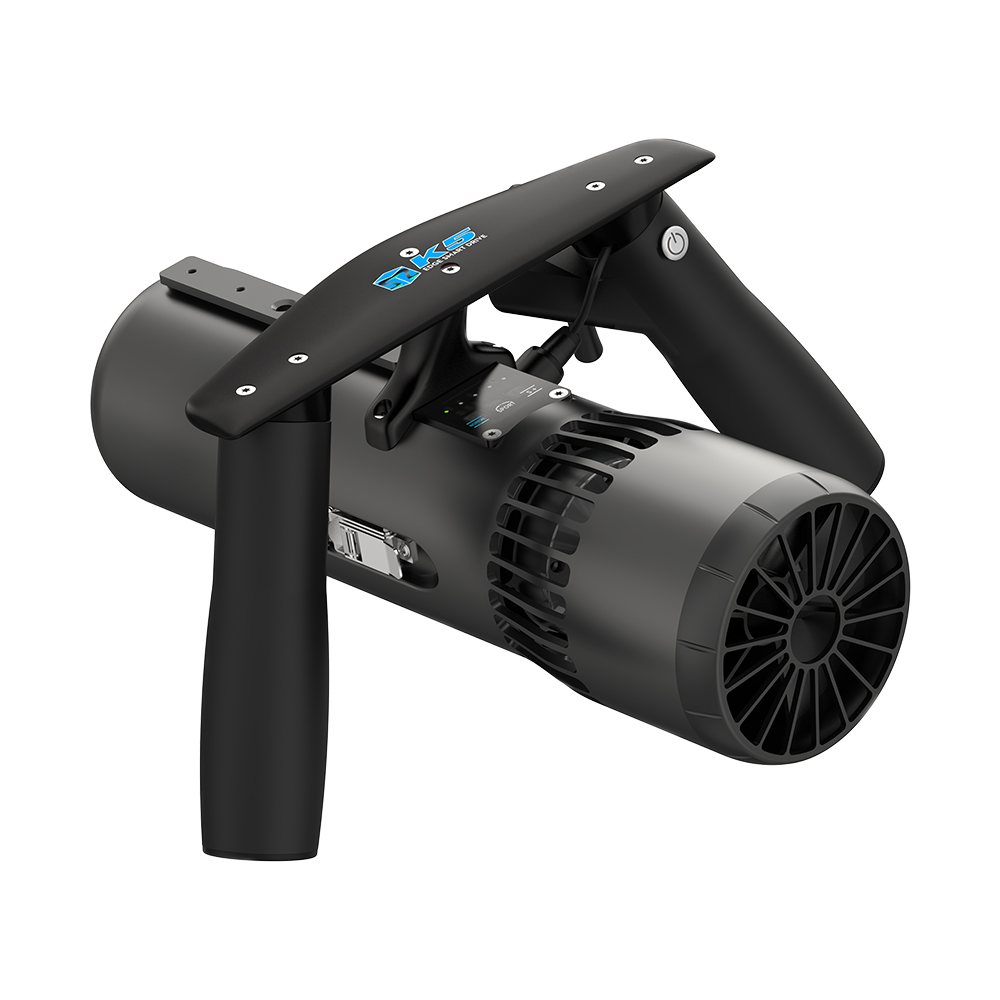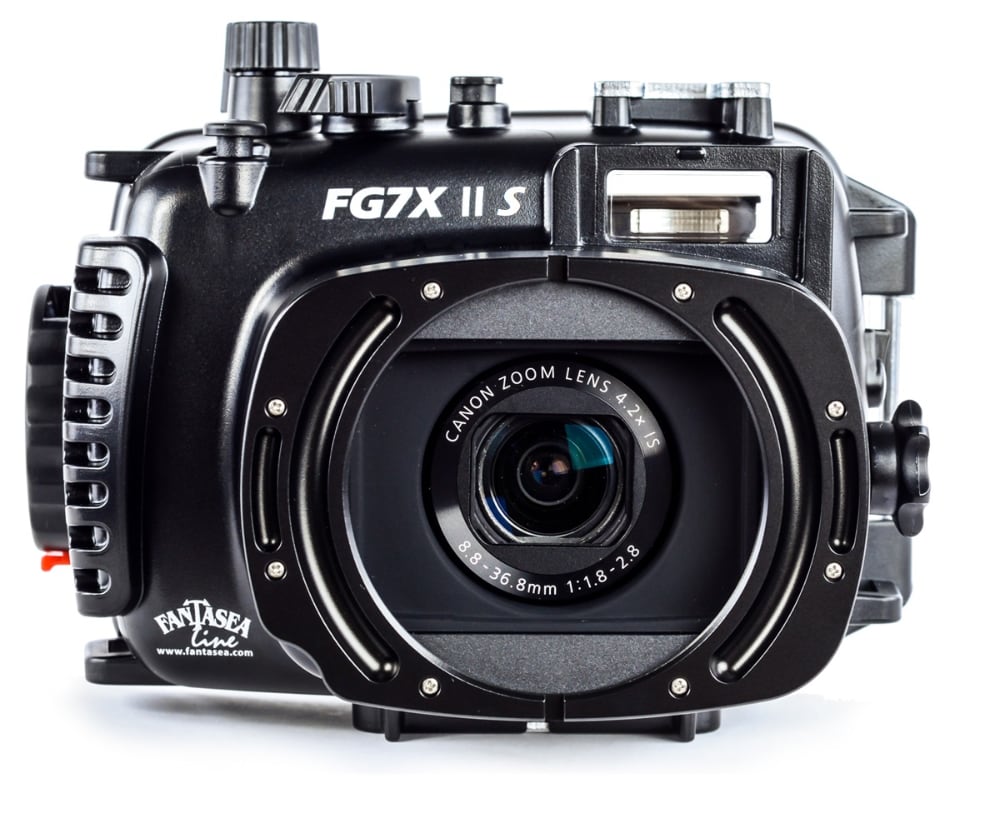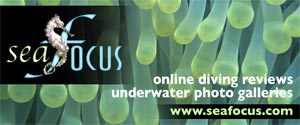|
Absolute Pressure
- Absolute pressure is calculated by using a vacuum as the zero point and including the gauge and atmospheric pressure in the calculation.
Actual Bottom Time (ABT)
- Total elapsed time in minutes from leaving the surface until ascent is initiated.
Air Compressor
- A machine that compresses or pressurizes air (to fill your tanks before going diving)
Air Embolism
- Blockage of blood stream by air bubbles. Can occur when air enters the bloodstream through ruptured alveoli. Can result in a block or disturbed blood flow to the body's tissues causing serious damage.
Air Pressure
- The force per unit area exerted by the weight of air.
Alpha Flag
- International maritime signal flag, meaning "Diver down, keep clear!"
Alternate Air Source
- Any device a diver can use in place of the primary regulator, in order to make an ascent while still breathing normally.
ANDI
- American Nitrox Divers Incorporated
Archimedes Principle
- Principle that states that a body immersed in a fluid is buoyed up by a force equal to the weight of the displaced fluid.
Argon
- An inert gas that makes up less than one percent of air.
Artificial Spit
- Small bottles of "special" liquid used by divers to keep their masks defogged.
Ascent Bottle
- An extra cylinder of air used on deep dives to allow decompression stops without fear of running out of air.
ATA
- Atmosphere absolute - 1 ata is the atmospheric pressure at sea level.
Atmosphere
- The first 64-80 km above the earth contains 99% of the total mass of the earth's atmosphere. Also a unit of pressure equivalent to the pressure of the atmosphere at sea level.
AUF
- Australian Underwater Federation
Back Roll Entry
- Leaving the dive boat by sitting on its rail/pontoon and rolling backwards into the water.
Bail-out Bottle
- A cylinder with an emergency supply of breathing gas to bails one out of air supply trouble.
Bar
- Short for barometric pressure. The method of measurement of air pressure used throughout most of the world and by the compressed gas industry - also a place where divers meet after a long hard day of diving.
Barotrauma
- Injury caused by unequal pressure between a space inside the body and the ambient pressure, or between two spaces within the body - usually caused by a too rapid ascend.
BCD
- Buoyancy Control Device - holds your tank, lets you control your buoyancy and acts as a flotation device on the surface.
Beaver
- Piece of neoprene on wetsuit jackets that hangs down in the back. You pull it through your legs to attach it to the front of the jacket - has other meanings as well, be aware.
Bends
- See - decompression sickness
Bottom Time
- Generally the time between descending below the surface to the beginning of ascent.
Booties
- Neoprene boots worn with open heel fins.
Bounce Dive
- Dive and surface within a very short intervals - to secure an anchor, save a student etc. - a dive instructors favourite pastime.
Boyle's Law
- Under constant temperature, the volume of a given mass of gas is inversely proportional to the absolute pressure of the gas.
BSAC
Buddy
- Your diving partner. Very valuable in times of trouble. A good buddy makes diving a lot more enjoyable.
Buddy Breathing
- Two divers sharing air from one regulator - gimme that thing
Buoyancy
- Upward force exerted by a fluid on any body immersed in it. Buoyant force can be explained in terms of Archimedes' principle.
Buoyancy Compensator - Buoyancy Control Device
Burst Disk
- A thin disk preventing the pressure in a your tank from exceeding the maximum safe tank pressure - very loud when it happens.
BWRAF
- PADI training acronym - "Begin with Review And Friend"
C-Card
- Divers Certification card to show your level of achievement. If you forget it at home you might have problems getting on the boat or filling your tank - don't despair, many shops can check your records on-line these days.
CAGE
- Cerebral arterial gas embolism.
Canister Light
- Type of dive light where the battery pack is strapped to your belt or dive tank and the light is held in your hand.
Carbon Dioxide Headache
- Headache after diving usually caused by skip breathing and CO2 build-up.
CDAA
- Cave Diving Association of Australia
CESA
- Controlled Emergency Swimming Ascent
Charles' Law
- The amount of change in either volume or pressure of a given volume of gas is directly proportional to the change in the absolute temperature.
Chumming
- Term used for attracting sharks with a mixture of blood and fish parts - can be used to describe your buddys behaviour when vomiting overboard from seasickness.
CMAS
- Confederation Mondiale des Activitias Subaquatiques (World Underwater Assoc)
Cylinder
Dalton's Law
- The total pressure exerted by a mixture of gases is equal to the sum of the pressures of each of the different gases making up the mixture - each gas acting as if it alone were present and occupied the total volume.
DAN - Divers Alert Network
- A non-profit organisation, exists to provide expert information and advice consistent with current literature for the benefit of the diving public. In Australia call 1800 088 200.
DCS/DCI
- See Decompression Sickness / Illness
Deco Mix
- Gas mixture used during decompression.
Decompression
- Any change from one ambient pressure to a lower ambient pressure; always results in a reduction of gas pressures within the body.
Decompression Dive - Deco Dive
- A dive where the diver exceeds the recommended safe limits for recreational diving - the safety stop(s) become(s) compulsory to enable a safe return to the surface.
Decompression Schedule
- Specific decompression procedure for a given combination of depth and bottom time.
Decompression Sickness / Illness (DCS/DCI)
- Problems resulting from nitrogen leaving the body when ambient pressure is lowered ie. coming up.
Decompression Stop
- A specified time spent at a specific depth, for purposes of nitrogen off-gassing. also called a safety stop when diving within recommended safe limits for recreational diving.
Defogging Solution
- "Fake spit" that prevents fog from building up inside the mask during diving.
Dehydration
- Reduced water content in the body - caused by diving without drinking enough water, too much alcohol the night before the dive etc. - always drink lots of water before diving.
Depth Gauge
- Device that indicates how deep you are - no kidding J
Descent/Ascent Line
- A line from a boat or buoy which can be used by divers to control their descent or ascent.
DIN Valve
- Screwable alternative to a yoke fitting for first stage - commonly used in Europe and has the advantage of reducing the chance of O-ring failure.
DIR
- "doing it right" - Term invented by George Irvine III to describe the practices that he and others derived from Hogarthian principles, a rigorous diving discipline. Loved by all tekkies - see tekkies.
Dive Computer
- Device that does all the had work for you. No more multi level diving calculations, no more PADI wheel - based on empicic data and theoretic models - not necessarily always right but a great help for repetitive diving. Beeps often.
Dive Flag
- Flag signalling divers in the water. Blue and white double tailed pennant (Australia) or a red rectangle with a diagonal white stripe.
Dive Tables
- Various collections of dive times for specific depths, to guide the diver to stay withing recommended safe limits for recreational diving. Generally based on Haldanian theory for nitrogen uptake and elimination - Too complicated? See Dive Computer.
D-Rings
- D-shaped rings. Generally part of good BCDs and loved by all tekkies - see tekkies.
Dry Suit
- Water-tight suit that keeps the diver's body warm using a layer of air as the most important part of insulation - generally used in very cold waters like Tasmania, Victoria, Antarctica and the like. Loved by all tekkies - see tekkies.
Dual Regulator Systems
- Dual regulator systems use two regulators on a single air supply to allow a diver access to continue to access his air supply in the event of a malfunction in the main regulator. Generally loved by all tekkies - see tekkies.
EAN - EANx
- Enriched Air Nitrox - see nitrox
EAD
- Equivalent Air Depth - The depth at which air would cause as much decompression obligation as nitrox with a given O2 concentration at a given depth
Equalisation
- Equalization is the act of forcing air into an open space to offset increasing hydrostatic pressure. This can be applied to such spaces as a dive mask or the diver's ears, and prevents what is known as a squeeze.
Eustachian Tube
- Hollow structure of bone and cartilage extending from the middle ear to the rear of the throat. By permitting air to leave or enter the middle ear, the tube equalizes air pressure on either side of the eardrum - see equalisation.
Fathom
- A linear unit of measurement (equal to 6 feet) for water depth - commonly used by fishermen.
FAUI
- Federation of Australian Underwater Instructors
First Stage
- The part of the regulator which attaches to the scuba tank valve and which is responsible for the first level of tank pressure reduction.
Fins
- Worn on the feet to increase maneuverability and allow for faster swimming. A great point of discussion between divers - who has the fastest and most efficient fins. See split fins.
Foramen Ovale
- The opening between the left and right atria of the fetal heart which remains open in about 30% of people, allowing passage of bubbles into the arterial circulation which is believed to cause symptoms of arterial gas embolism.
FSW
Gas Saturation
- Gas saturation occurs when the level of dissolved gas in a particular body tissue has reached its maximum.
Granny Line
- Also known as a Gerry Line. A line which goes from the stern platform or hangbar to the anchor line.
Haldanian
- Related to Haldane's theory that nitrogen is taken up and given off in exponential fashion during a dive, and that there is some safe ratio of pressure change for ascent (originally, 2:1).
Halocline
- Visible boundary between layers of water of different salinities. Appears as a barrier of mist.
Hang Tank
- An extra tank, ideally of deco mix, staged at the decompression stop.
Heliox
- Mixture of helium and oxygen, used for very deep diving.
Helium
- Second lightest gas; does not cause problems of narcosis seen with nitrogen, and is therefore used for very deep diving.
Henry's Law
- The amount of any gas that will dissolve in a liquid at a given temperature is a function of the partial pressure of the gas in contact with the liquid and the solubility coefficient of the gas in the liquid.
Hogarthian Principles
- The Hogarthian configuration is named after Bill "Hogarth" Main. It is based on reducing equipment to a minimum streamlined configuration that nevertheless includes sufficient redundancy for extended decompression dives
Hogarth Rig
- Hogarth rigged dive gear.
Hookah
- Surface-supplied compressed air apparatus, for use in shallow diving in calm waters. The air is delivered to one or more divers through a long hose.
Horsecollar
- Old style floatation device worn around the neck (replaced by the modern BC).
HP Hose
- High Pressure Hose. Goes from the regulator 1st stage to the air pressure gauge.
H-Valve
- A tank valve with 2 outlets.
Hydrogen
- Hydrogen is an inert gas and the lightest, most abundant gas in the universe. It is believed it could be used as a substitute for helium in deep commercial and military diving.
Hydrostatic Test - Hydro
- Pressure test in which the tank is filled with water instead of air. Needs to be done yearly in Australia to be able to have your tanks filled.
Hyperbaric Chamber
- Air-tight chamber that can simulate the ambient pressure at altitude or at depth - used for treating decompression illness.
Hypothermia
- Hypothermia is a sudden and profound cooling of the temperature in the core of your body to below 35.5 degrees C. This can have a crippling effect to the body. Continued cooling can result in an irregular heartbeat that can lead to death.
IAND
- International Association of Nitrox Diver
IANTD
- International Association of Nitrox & Technical Divers.
J-Valve
- A J-Valve contains a spring-loaded mechanism which shuts off a diver's air supply when a certain tank pressure is reached - formerly used to trigger switching to reserve air supply and divers ascent.
K-Valve
Lift Bag
- Like underwater balloons - Helps lifting heavy objects underwater using bags filled with air at depth.
Live Aboard
- Dive boat with sleeping and eating facilities - a preffered way to dive for those who don't like to jug their gear around a lot and for those whose life on the surface of this planet is just another surface interval. - see surface interval.
Log Book
- Something to record your diving history - great as evidence for all the places you've dived. Collecting as many different stamps as possible is cool. Log books can be required on some charter dive boats.
LP Hose
- Low pressure hose. Runs from the regulator 1st stage to the 2nd stage or inflator.
Manifold
- Plumbing to connect 2 tanks so that one regulator can access gas in both tanks.
Mask Squeeze
- Occurs during rapid descents if the diver neglects to equalize his mask. Blood shot eyes are the most common symptom.
Mixed Gas
- Any non-air mixture of gases. Generally loved by all tekkies - see tekkies.
Multilevel Diving
- Spending a period of time at several depths on a single dive - pretty much every dive you do.
NASDS
- National Association of Scuba Diving Schools
NAUI
- National Association of Underwater Instructors.
NDL
Nitrogen
- Inert gas that makes up 78% of air. can cause problems under pressure - see nitrogen narcosis, decompression sickness.
Nitrogen Narcosis
- Nitrogen narcosis develops with an increase in nitrogen partial pressure, anywhere between 20 and 40 metres. At this depth, nitrogen becomes dissolved in the lipids of the neurons, which interferes with signal transmission from neuron to neuron. Symptoms will increase dramatically with depth and can lead to death.
Nitrox
- Any mixture of nitrogen and oxygen that contains less than the 78% nitrogen found in ordinary air.
NOAA
- National Oceanic and Atmospheric Association.
OEA
- Oxygen enriched air - nitrox.
Occy
- Reserve 2nd stage regulator, also called octopus.
Offgassing
- Reducing the load of nitrogen (and/or other inert gasses) on the surface or on the safety stop. Also known as outgassing.
Oxygen
- Gas vital to all life on this planet which makes up 21% of air by volume.
Oxygen Toxicity
- Damage or injury from inhaling too much oxygen. Dangerous if oxygen partial pressure exceeds 1.6 ATA - at around 66 metres using normal air. One of the first symptoms of oxygen toxicity while diving can be seizures.
PADI
- Professional Association of Diving Instructors.
Partial Pressure
- Pressure exerted by a single component of a gas within a gas mixture or dissolved in a liquid.
Pneumothorax
- Abnormal presence of air in the pleural cavity potentially resulting in the collapse of the lung.
Pony Bottle
- Small scuba tanks strapped to your main dive gear - see D-ring. These tanks have their own first and second stages and can be used as an alternate air source - see solo diving.
Prescription Dive Mask
- Special masks for divers needing refractive correction.
PSI
- Pounds per square inch - a common measurement of air pressure.
Pulmonary Barotrauma
- Rupture of the lung surface from increased pressure of ascent from depth.
Purge Valve
- Purge valves allow masks and even regulators to be cleared easily without having to remove the mask from the diver's face or the regulator from the diver's mouth.
Rebreather
- Device that reuses air by scrubbing or removing the carbon dioxide from it and adding used oxygen. Alternative to SCUBA generally loved by all tekkies - see tekkies.
Recreational Scuba Diving (RSD)
- Diving to prescribed limits, including a depth no greater than 40 metres, using only compressed air and never requiring a decompression stop.
Regulator - Reg
- Regulators reduce the highly compressed tank pressure to ambient pressure for easy breathing pleasure.
Repetitive Dive
- Any dive done within a certain time frame after a previous dive - generally, any dive whose profile is affected by a previous dive is considered repetitive.
Residual Nitrogen
- Nitrogen that remains dissolved in a diver's tissues after surfacing from a dive.
Residual Nitrogen Time (RNT)
- The time it would take to off-gas any extra nitrogen remaining after a dive.
Reverse Block
- When the internal pressure of an air space is greater than the external pressure.
Reverse Squeeze
- Pain or discomfort in an enclosed space (e.g., sinuses, middle ear, inside mask) on ascent from a dive.
RIB
- Rigid Inflatable Boat - generally with solid keel and large inflatable tubes.
RNT
- See Residual Nitrogen Time
ROV
- Remotely Operated Vehicle
Rule of Thirds
- An air management technique. Use a third of the tank to get to your destination, a third to get back, and the last third belongs to your buddy in case of an emergency.
Safety Stop
- Generally 3-5 minutes spent at 3-5 metres for the purpose of off-gassing as an extra safety precaution. Is by definition not mandatory for safe ascent from the dive. See decompression stop.
Salinity
- The relative proportion of salt in a solution.
Saturation
- The degree to which a gas is dissolved in the blood or tissues - full saturation occurs when the pressure of gas dissolved in the blood or tissues is the same as the ambient (surrounding) pressure of that gas.
Saturation Diving
- Diving performed after the body is fully saturated with nitrogen - to become fully saturated, the diver must stay under water for a much longer period than is allowed in recreational scuba diving tables.
Scooter
- Diver Propulsion Vehicle.
SCUBA
- Self-Contained Underwater Breathing Apparatus.
Second Stage
- The part of the regulator you put into your mouth to breath through.
Sinus Squeeze
- Sinus squeeze occurs during a rapid descent when a diver is unable to equalize the air space in the sinus cavity. A diver experiencing sinus squeeze will often experience pain and surface with blood in his mask due to the trauma caused by a squeeze.
Sinuses
- Air spaces within the skull that are in contact with ambient pressure through openings in the back of the nasal passages.
Sinusitis
- Inflammation or infection of the sinuses.
Silt-out
- A complete loss of visibility caused by silt being disturbed, typically by careless finning.
Skin
- A thin exposure suit, typically made of Lycra and used in warm water diving.
Skin Diving
- Another term for breath-hold or free diving - diving without the use of SCUBA equipment.
Snorkel
- Breathing device consisting of a bent tube fitting into a swimmer's mouth and extending above the surface - allows swimmer to breathe while face down in the water.
Sling Bottle - Stage bottle
- A reserve supply of breathing gas not carried with the diver generally used for decompression.
Solo Diving
- The act of diving without a buddy - It is generally recommended to have at least an alternate air source (see - pony bottle, alternate air source) if you engage in such practice. Not a recommended dive practice and not allowed on most charter boats. However, loved by keen photographers and videographers.
SPG
- Submersible Pressure Guage
Split Fins
- Clearly the superior fin design, which works like an underwater propellor. However this fact is heavily disputed. See Fins.
SPUMS
- South Pacific Underwater Medical Society
Square Dive
- A dive in which you stay at the deepest point for the duration of the dive.
Squeeze
- Pain of discomfort in an enclosed space (sinuses, middle ears, inside a mask) caused by shrinkage of that space - occurs on descent. See reverse squeeze.
Squidgie
- A British term for RIB or inflatable boat.
SSI
- Scuba Schools International
Surface Interval
- Length of time on the surface between two consecutive dives.
Surface Marker Buoy - SMB
- Buoy with a flag and a line to a diver below.
Surface-Supplied Compressed Air Diving
- Diving with the air continuously supplied by a compressor on the surface. See hookah.
Tekkie
- Diver who likes lots of gadgets or even as little gadgets as possible - depending on the type of tekkie - see DIR and DIS. Diving with rebreathers, different mixes of gas, lots of stage bottles, going very deep into caves and silty wrecks are part of the tekkie diver heaven. If you have a BCD with less than 6 D-rings, you are NOT a tekkie diver.
TDT
Thermocline
- Sudden changes in water temperature with changing depth. They occur when warmer, lighter water forms a layer above a more dense, colder layer of water If strongly effected by currents it can be the other way round occasionally.
TNT
Trimix
- Breathing mixture composed of three gases, usually helium, nitrogen and oxygen. The composition is denoted as percentage of oxygen / percentage of helium, e.g. 17/50 is trimix with 17% oxygen, 50% helium and the balance (33%) nitrogen. Used for very deep diving. Generally loved by all tekkies - see tekkies.
Vertigo
- Dizziness brought on by the inequality of pressures in the inner ear.
- Vertigo (dizziness) is a sign of ear barotrauma and should not be ignored. Causes may range from minor ear squeeze to perforation of the eardrum to inner ear barotrauma.
Visibility - Viz
- Visibility is the distance a diver can see underwater measured in feet or meters.
The Wheel
- The Wheel is a PADI dive table used to plan multilevel dives - see dive computer.
Y Valve
- A tank valve with two outlets.
Zodiac
- Brand name inflatable boat or RIB.
Compiled and researched by underwater.com.au using various sources.
Anything missing or you think is WRONG ? - email us at content@underwater.com.au
|
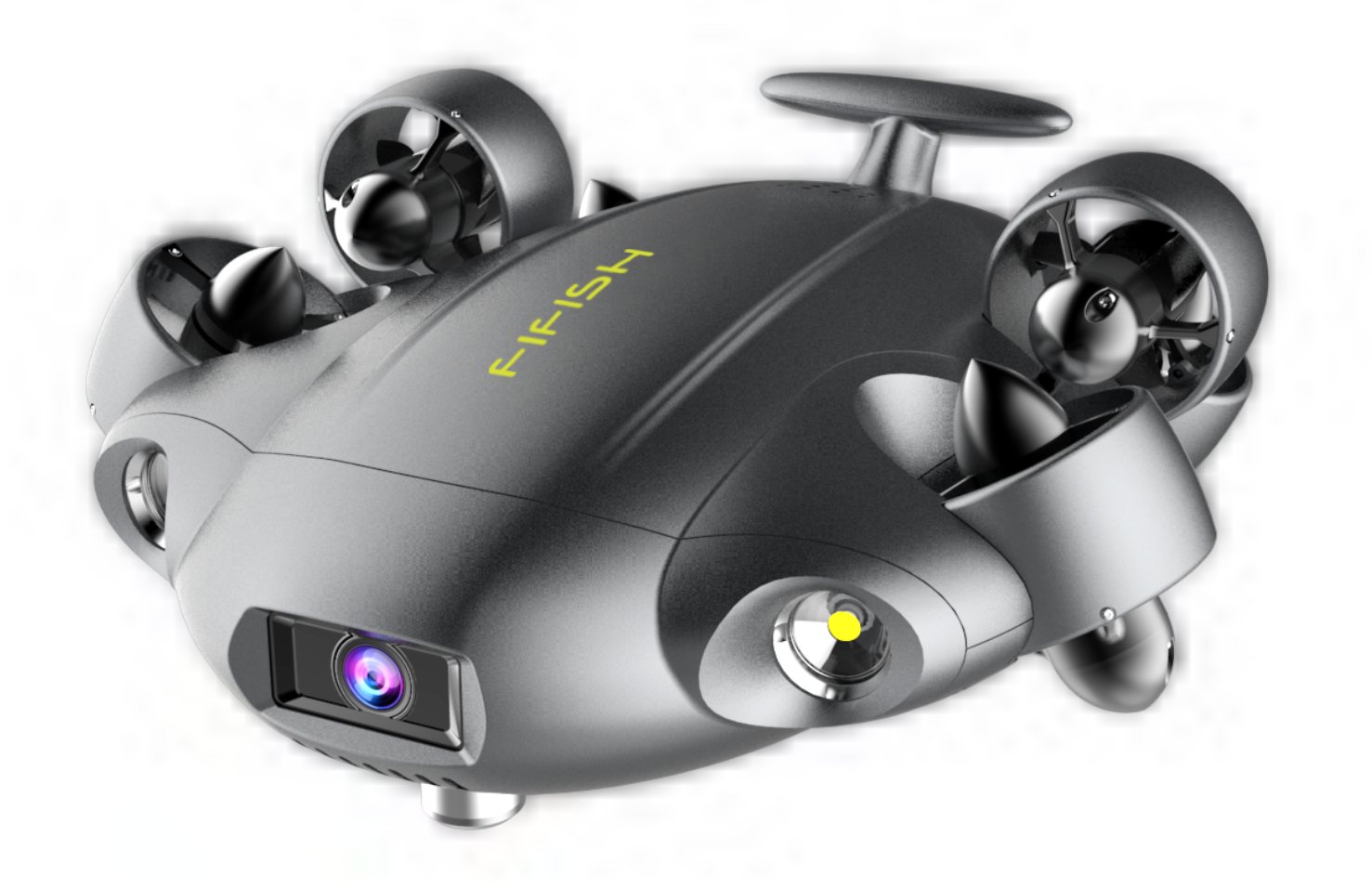 QYSEA Fifish V6 Expert - Underwater Modular Drone Kit
QYSEA Fifish V6 Expert - Underwater Modular Drone Kit
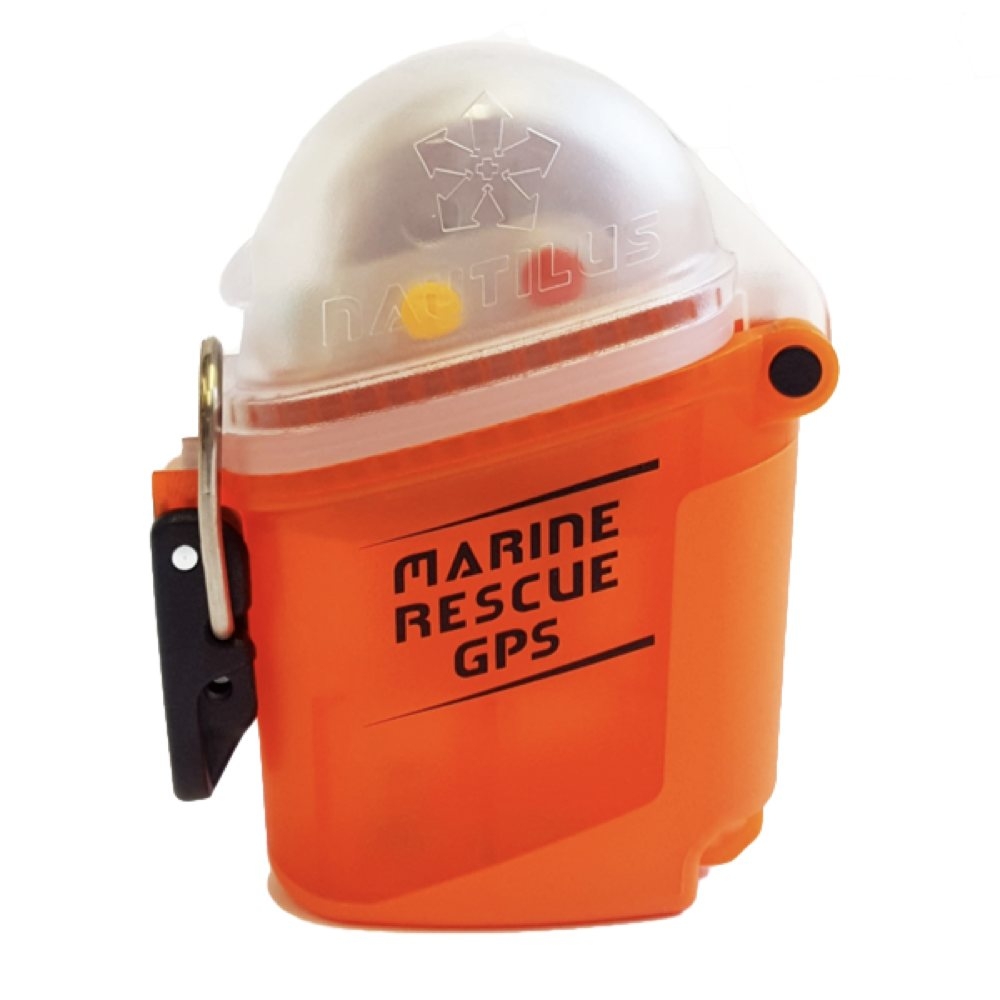 Nautilus Lifeline Marine Rescue GPS - nexGen
Nautilus Lifeline Marine Rescue GPS - nexGen
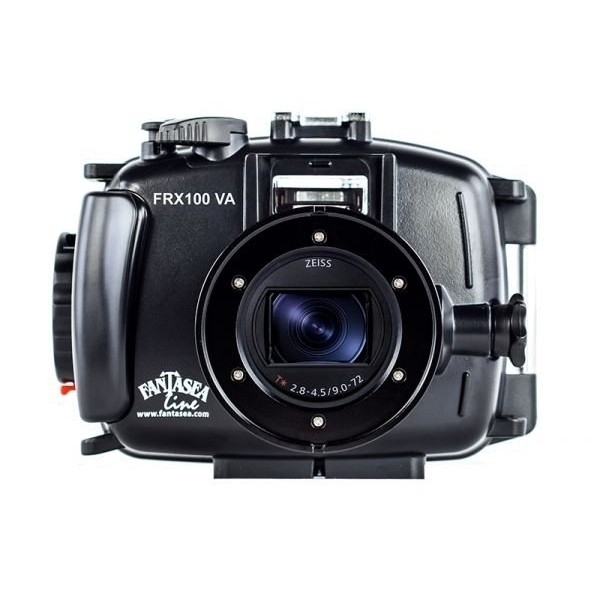 Fantasea FRX100 VA R Housing for Sony RX100 III / IV / V / VA - with optional vacuum system
Fantasea FRX100 VA R Housing for Sony RX100 III / IV / V / VA - with optional vacuum system
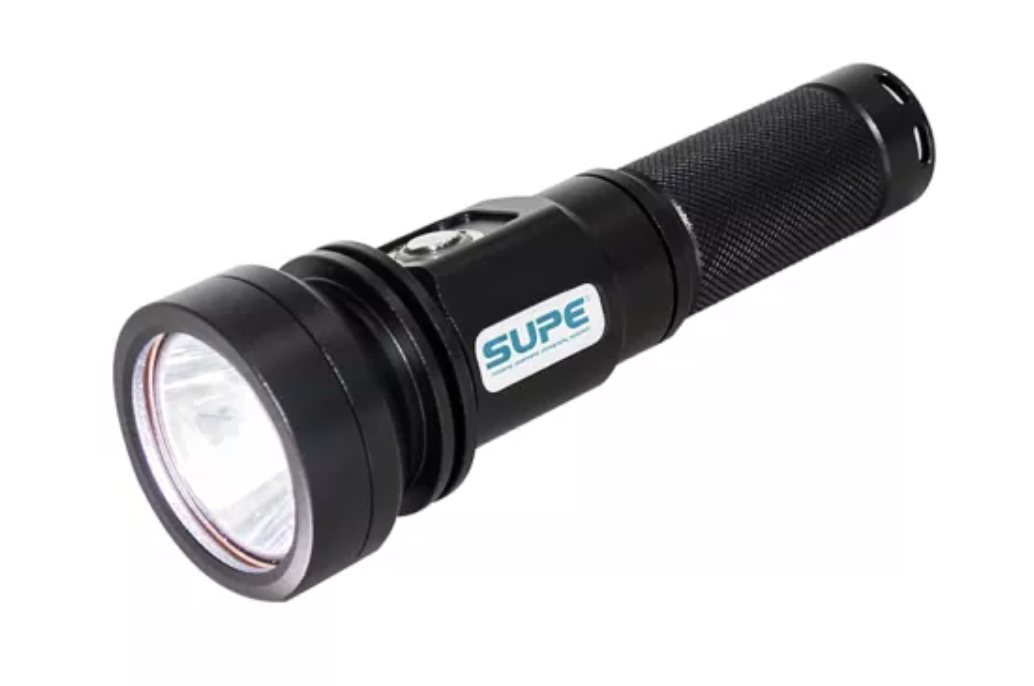 SUPE Scubalamp RD92 LED Recreational Diving Torch - 2000 lumens
SUPE Scubalamp RD92 LED Recreational Diving Torch - 2000 lumens
 Kraken 5.5-inch Ultra Bright Underwater Monitor - 4K
Kraken 5.5-inch Ultra Bright Underwater Monitor - 4K
 SeaLife Sea Dragon Duo 6000 Color Boost Set
SeaLife Sea Dragon Duo 6000 Color Boost Set
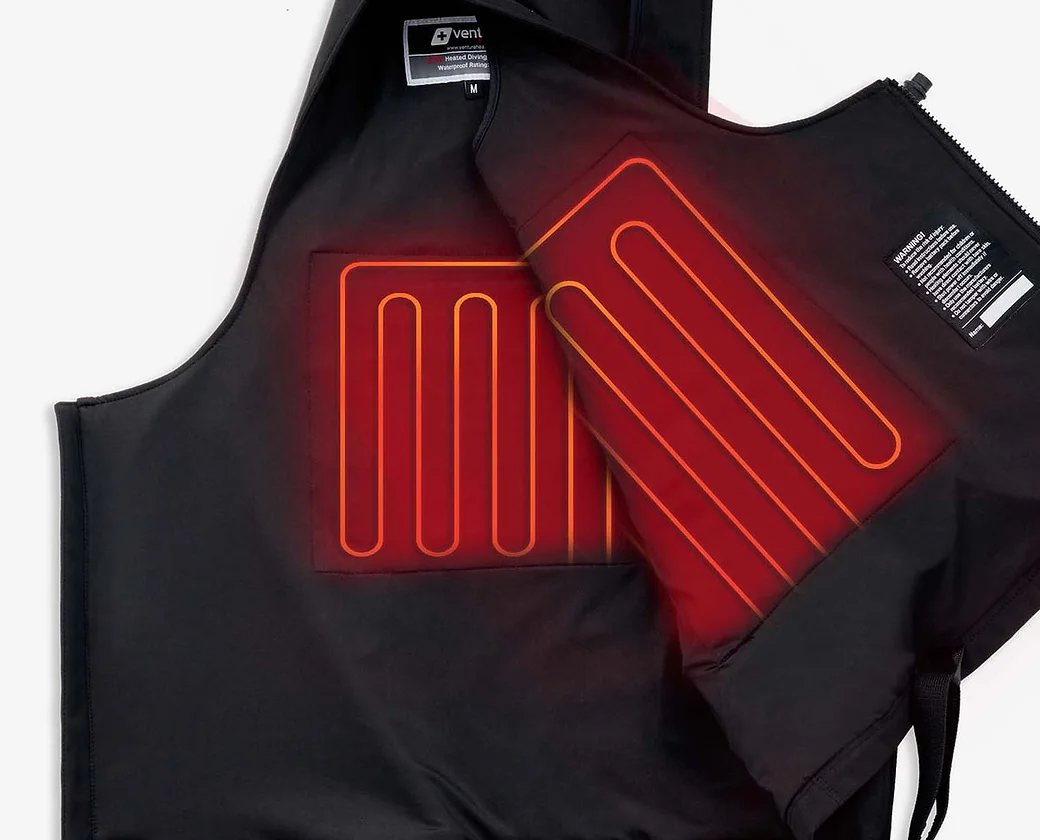 Venture Heat - Pro 32w Dive Vest Kit - V3
Venture Heat - Pro 32w Dive Vest Kit - V3
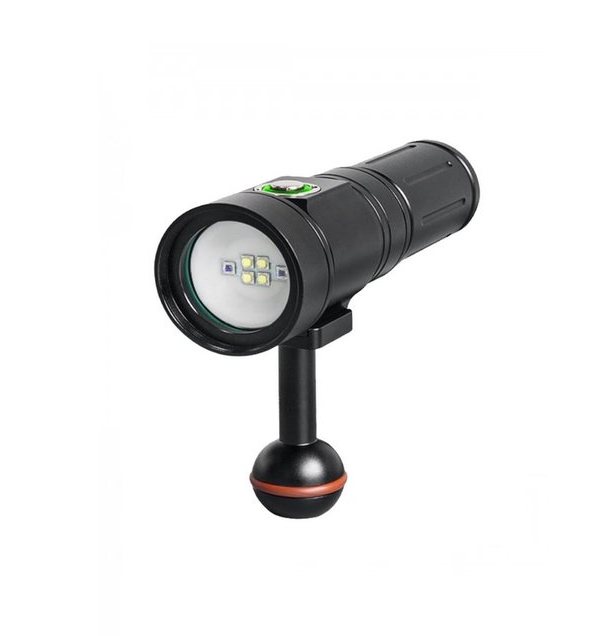 Scubalamp PV22 LED Video/Photo Light - 2000 lumens - UV option
Scubalamp PV22 LED Video/Photo Light - 2000 lumens - UV option



